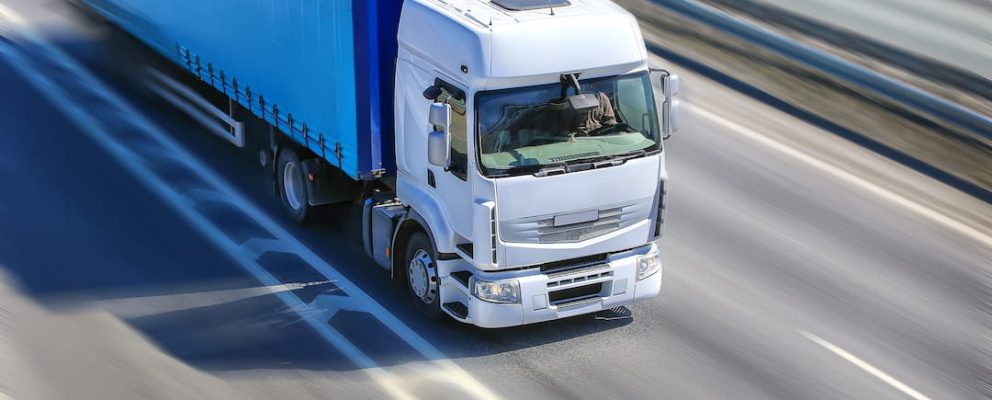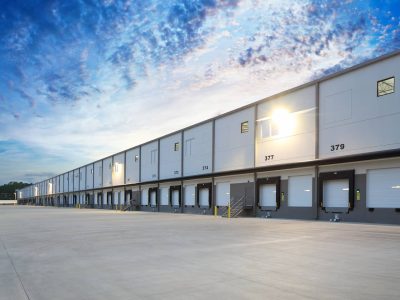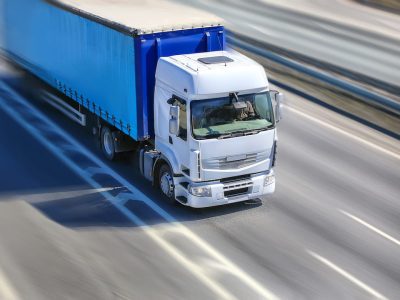Shipping containers are the backbone of global trade, moving everything from consumer goods to industrial equipment. However, transporting a shipping container isn’t as simple as loading it onto a truck. Businesses must navigate a complex logistics process, from selecting the right transport method to ensuring compliance and tracking shipments, and may be wondering how to transport a shipping container.
Without expert planning, container transport can lead to delays, unexpected costs, and compliance issues—all of which can disrupt supply chains. That’s where a trusted 3PL (Third-Party Logistics) provider like Bossna Logistics comes in.
With expertise in container transport, customs clearance, warehousing, and final delivery, we take the stress out of logistics. This guide outlines the key steps in efficient shipping container transport, offering insights into how a 3PL provider ensures a smooth and cost-effective process.
Step 1: Choosing the Right Transport Method
The first step in moving a shipping container is selecting the right transport method. Factors such as distance, urgency, cost, and infrastructure all influence the best approach.
Road Transport: Ideal for Short to Medium Distances
Road transport is the most common method for moving shipping containers, especially for port-to-warehouse or last-mile deliveries. The type of truck used depends on container size, drop-off location, and unloading requirements.
- Tilt Tray Trucks: Best for ground-level delivery, where the container is slid off the back of the truck.
- Side Loaders: These trucks use hydraulic arms to lift the container off the truck, making them ideal for urban areas and tight spaces.
- Hiab (Crane) Trucks: Equipped with a crane, these are used when placing containers onto elevated surfaces or difficult-to-access sites.
For businesses needing container transport services, Bossna Logistics offers tailored solutions for seamless movement across road, rail, and sea freight.
Rail Freight: Cost-Effective for Long-Distance Transport
For interstate or cross-country transport, rail is an efficient and cost-saving alternative to road transport. Containers are loaded onto freight trains and moved between major depots or inland ports before final delivery.
Advantages of Rail Freight:
- Lower cost per kilometre for long-haul transport.
- More environmentally friendly than road transport.
- Reliable schedules with fewer traffic delays.
Sea Freight: Essential for International Shipping
For global shipments, containers are transported via cargo ships between international ports. A 3PL provider like Bossna Logistics ensures seamless coordination between shipping lines, customs authorities, and local transport providers to prevent delays and additional costs.
Key considerations include:
- FCL vs LCL: Full Container Load (FCL) for dedicated shipments vs. Less than Container Load (LCL) for shared space.
- Customs clearance and import/export regulations must be managed carefully.
- Port handling fees and container storage costs may apply.
Step 2: Managing Compliance and Documentation
Transporting a shipping container requires strict regulatory compliance to avoid delays, fines, or additional costs. Managing customs clearance, permits, and documentation correctly ensures smooth delivery.
Customs Clearance: Avoiding Delays and Penalties
Each country has specific import and export requirements, and failing to comply can lead to costly hold-ups.
Key customs documents include:
- Bill of Lading (BOL): A shipping document that acts as a receipt and contract between the shipper and the carrier.
- Commercial Invoice: Details the shipment’s contents, value, and origin for customs processing.
- Packing List: A detailed breakdown of the cargo inside the container.
- Import/Export Permits: Required for certain goods based on local regulations.
Container Weight Compliance
Many countries enforce container weight regulations to maintain road and port safety. Overloaded containers can result in fines, vehicle damage, and transport delays.
Key considerations:
- Verified Gross Mass (VGM): Required by ports to ensure safe loading.
- Axle Load Limits: Trucking laws specify weight limits for different vehicle types.
- Overweight Surcharges: Extra fees apply for exceeding carrier weight limits.
Step 3: Efficient Handling and Storage
Once a shipping container arrives at a port, rail terminal, or warehouse, proper handling and storage ensures smooth distribution and prevents damage.
Unloading and Container Packing Services
Efficient unloading depends on container type, cargo sensitivity, and available handling equipment. Businesses can benefit from professional container unpacking and packing services to streamline the process and reduce manual labour.
Common unloading methods include:
- Forklift Unloading: Best for palletised goods or small loads.
- Manual Unpacking: Used for loose cargo or irregularly shaped items.
- Automated Conveyor Systems: Ideal for high-volume warehouses.
Short-Term vs. Long-Term Storage
- Short-Term Storage: Useful when containers arrive before goods can be distributed.
- Long-Term Warehousing: Ideal for businesses requiring secure storage before distribution.
For businesses needing warehouse solutions, Bossna Logistics provides storage and distribution services to ensure inventory is well-managed and accessible.
Step 4: Tracking and Real-Time Visibility
Real-time tracking is essential for supply chain efficiency. Modern tracking solutions provide full visibility into a shipment’s location, status, and estimated delivery time.
Real-Time Tracking and TMS Integration
GPS and Transportation Management Systems (TMS) allow businesses to:
- Monitor shipments from pickup to delivery.
- Receive notifications about potential delays.
- Improve decision-making based on performance data.
A TMS also integrates with Warehouse Management Systems (WMS) and Enterprise Resource Planning (ERP) platforms, creating a comprehensive logistics network.
Step 5: Final Delivery and Last-Mile Logistics
The last step in container transport is final delivery, whether to a warehouse, retail store, or end customer.
Choosing the Right Last-Mile Delivery Method
- Direct Truck Delivery: For urgent or high-value cargo.
- Local Distribution Hubs: For sorting goods before regional delivery.
- Retail or Customer Deliveries: For shipments requiring smaller parcels.
Key Last-Mile Challenges
- Congestion in cities – Use smaller vehicles or off-peak scheduling.
- Limited site access – Plan for appropriate vehicle sizes and special permits.
- High costs – Optimise routes using real-time tracking.
Conclusion: Ensuring Seamless Shipping Container Transport with a 3PL Partner
Transporting a shipping container involves careful planning, compliance, tracking, and final delivery coordination. Handling this process in-house can be time-consuming and costly.
By partnering with Bossna Logistics, businesses gain access to:
- Expert transport planning.
- Seamless customs clearance and compliance.
- Real-time tracking and full supply chain visibility.
- Efficient container unpacking, packing, warehousing, and container transport solutions.
With years of experience in container logistics, Bossna Logistics helps businesses move shipments efficiently, cost-effectively, and without complications. Contact us today to streamline your container transport operations.







